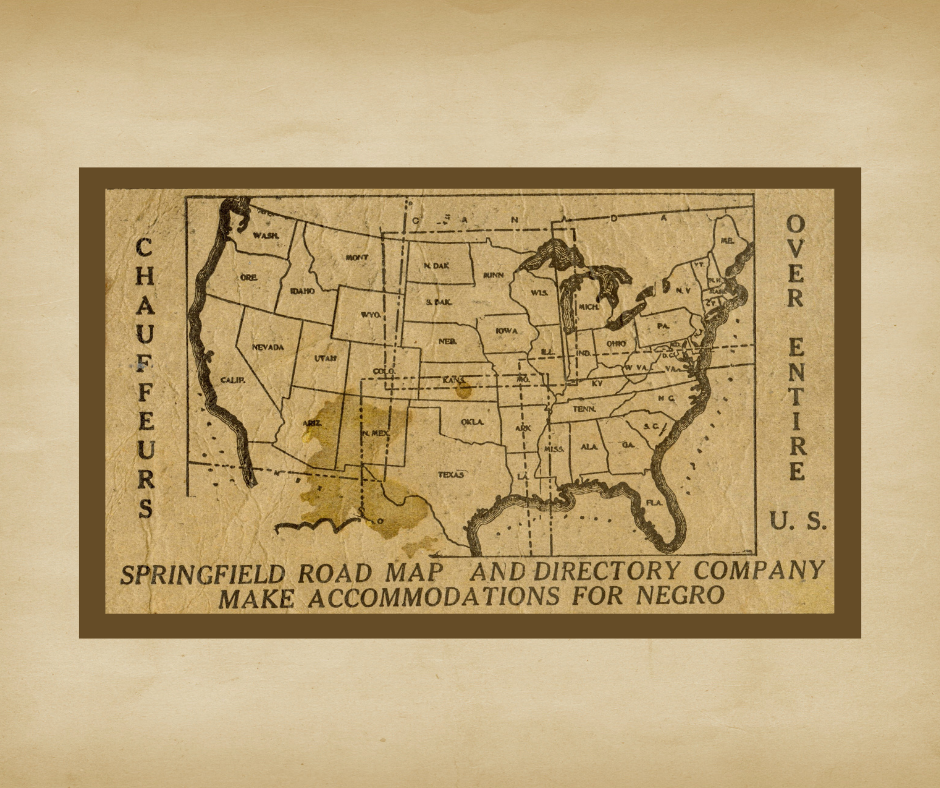Because of the 2018 movie Green Book, many people have at least a passing familiarity with The Negro Motorist Green Book. That book series was published from 1936 to 1966. As road conditions improved, Americans’ mobility increased and there was a need for people to know about areas beyond their immediate vicinity. The Negro Motorist Green Book was developed partly out of smaller regional, city, and county publications. Also, because of the lack of equality in public accommodation laws and the lack of fair enforcement of those that did exist, traveling by car was often the preferred method. There was also the advantage that cars were generally more comfortable and that those travelers were able to determine their own route and timetable, unlike those traveling by bus or train.
Travel by car did bring with it inherent challenges, especially for long trips. Would Black travelers be able to buy gas, be allowed to use a restroom, rent a room, eat in a restaurant, and would there be people nearby who would help if an emergency arose? Travelers needed to know and be able to plan.
Many Black communities had directories. They were created to provide residents and visitors information needed for their daily lives and to help them avoid getting into awkward or even potentially dangerous situations. Directories included, as might be expected, information about Black residents, about the Black schools, and about Black-owned businesses. They also listed information about the city and/or county where they were from and often demographics for Black persons in the region. Many white-owned businesses advertised in the publications indicating that they wished Black customers to patronize their businesses. The level of access for Black customers may have varied for those businesses.
Another intriguing thing that was in some of the publications was a list of major businesses in the area and whether they employed Black people. Knowing which businesses Black people were more welcome to patronize, as well as which ones that currently employed Black people, helped with planning. However, just because they did not advertise did not inherently mean Black people were unwelcome. Also, with the employers it just listed if Black people were employed by the business. It did not mean that one or more Black people were not employed there in the past and might not be in the future.
There are only a few remaining years we know of for directories that include Springfield. According to a later edition, the Springfield ones began in 1929. We know of three: 1933-1934, 1936, and 1937. It is unknown how long they were published. If you are fortunate to have one in your possession for a different year, please consider letting us scan it. If we scan it, you will get back the original and others will also be able to utilize the information.
By Joan Hampton-Porter, Curator
UniteNews Contributing Writer





